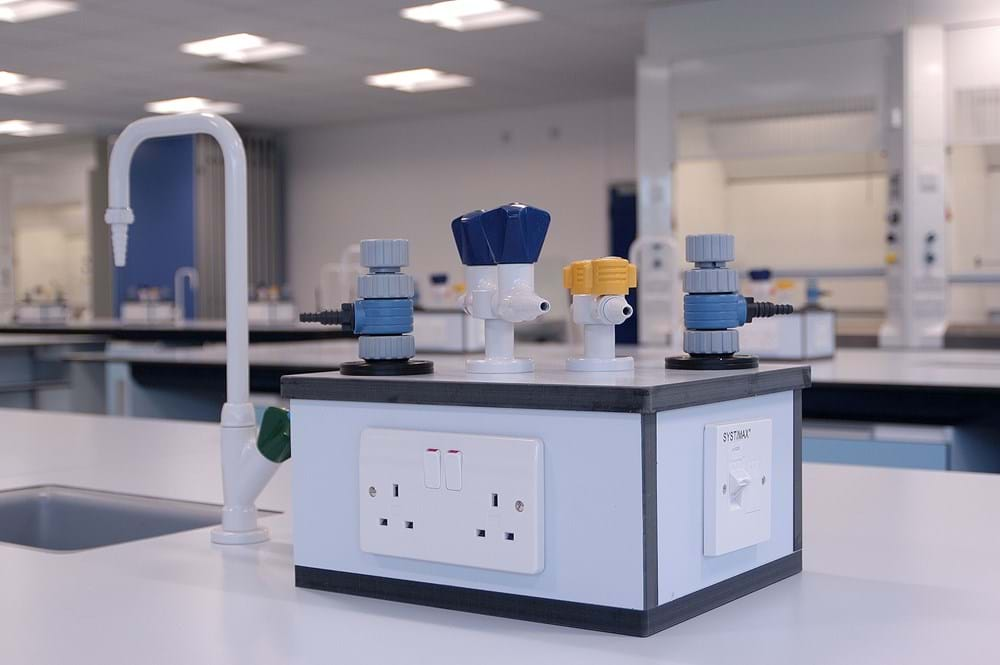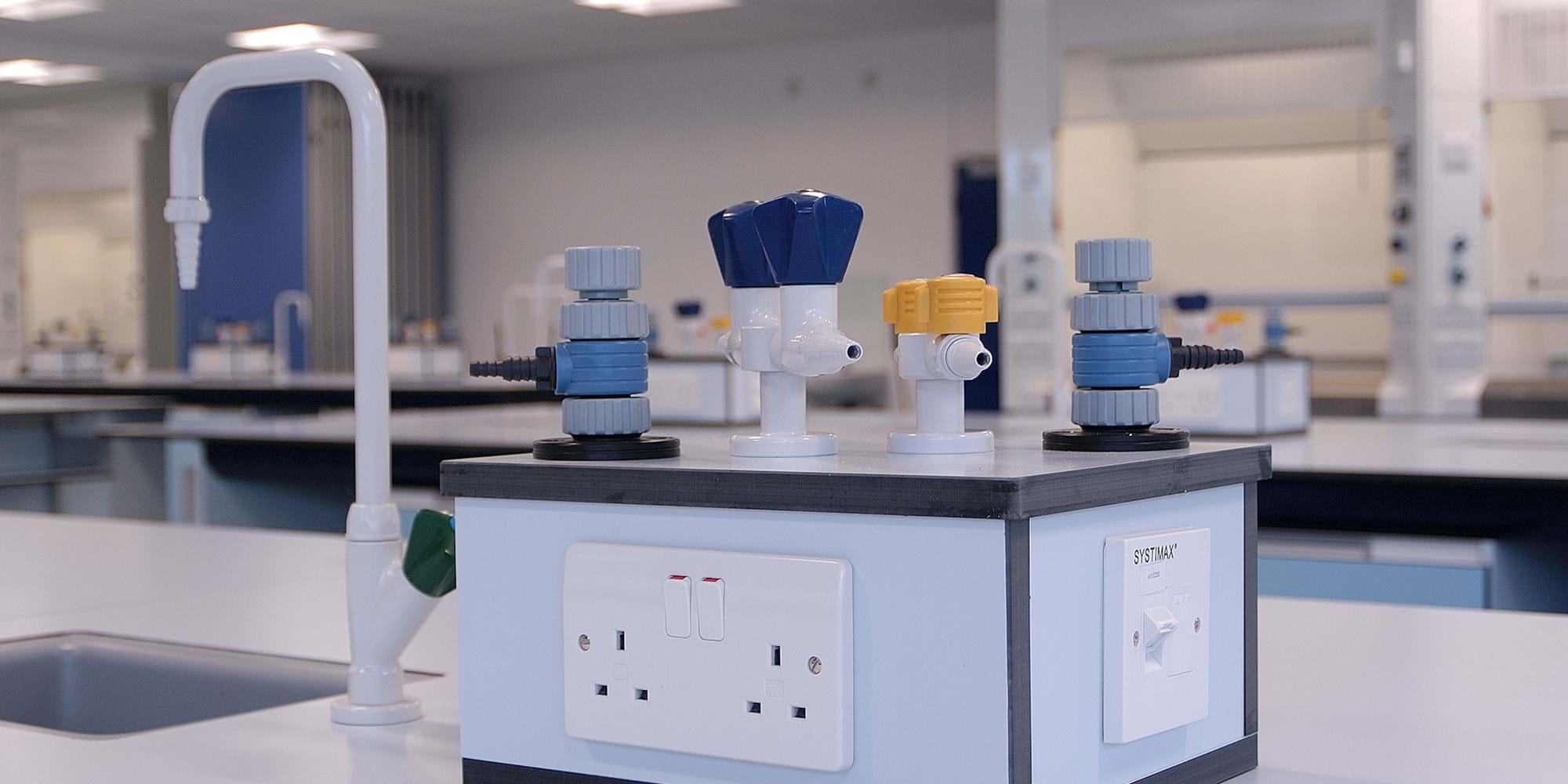Dry vs Wet Lab
Below are the key differences between dry and wet laboratories, this is key information if you are considering transforming your excess office space into lab space.
A dry lab is a laboratory that is used for research and analysis that does not involve the use of hazardous or flammable materials, such as chemicals or biological substances. Dry labs are typically used for computer-based research and data analysis, and may include equipment such as computers, printers, and scanners.
A wet lab, on the other hand, is a laboratory that is used for research and analysis that involves the use of hazardous or flammable materials. Wet labs may include equipment such as fume hoods, incubators, and other safety measures to protect against the risks associated with handling these materials. Wet labs are often used for experiments and testing involving biological or chemical substances.

Overall, the main difference between a dry lab and a wet lab is the type of research and analysis that is conducted in each type of laboratory. Dry labs are generally used for computer-based research, while wet labs are used for experiments and testing involving hazardous or flammable materials.
Want to learn more about Life Sciences? Download our Life Sciences Guide here.
